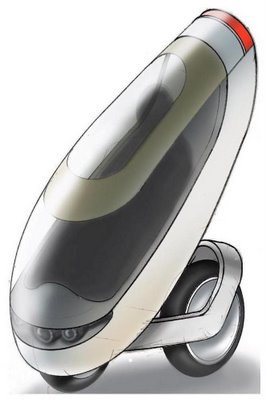Panoramas of Burning Man 2009
Submitted by brad on Tue, 2009-09-22 17:05I have put up a gallery of panoramas for Burning Man 2009. This year I went with the new Canon 5D Mark II, which has remarkable low-light shooting capabilities. As such, I generated a number of interesting new night panoramas in addition to the giant ones of the day.
In particular, you will want to check out the panorama of the crowd around the burn, as seen from the Esplanade, and the night scene around the Temple, and a twilight shot.





 There have been endings that were better than the show. Star Trek: Voyager
sunk to dreadful depths in the middle of its run, and its mediocre ending was
thus a step up. Among good SF/Fantasy shows, Quantum Leap,
Buffy and the Prisoner stand out as having had decent endings. Babylon 5's endings (plural)
were good but, just as I praise Battlestar Galactica (BSG) by saying its ending sucked, Babylon 5's
endings were not up to the high quality of the show. (What is commonly believed
to be B5's original planned ending, written before the show began, might
well have made the grade.)
There have been endings that were better than the show. Star Trek: Voyager
sunk to dreadful depths in the middle of its run, and its mediocre ending was
thus a step up. Among good SF/Fantasy shows, Quantum Leap,
Buffy and the Prisoner stand out as having had decent endings. Babylon 5's endings (plural)
were good but, just as I praise Battlestar Galactica (BSG) by saying its ending sucked, Babylon 5's
endings were not up to the high quality of the show. (What is commonly believed
to be B5's original planned ending, written before the show began, might
well have made the grade.) I recently met Chris Tacklind, who has a design-stage startup called
I recently met Chris Tacklind, who has a design-stage startup called  We want low current plugs to be small, and heavy current plugs to be big. I suggest a triangular pin shape, something like what is shown here. In this design, two main pins can only go in one way. The lower triangle is an optional ground -- but see notes on grounding below.
We want low current plugs to be small, and heavy current plugs to be big. I suggest a triangular pin shape, something like what is shown here. In this design, two main pins can only go in one way. The lower triangle is an optional ground -- but see notes on grounding below.